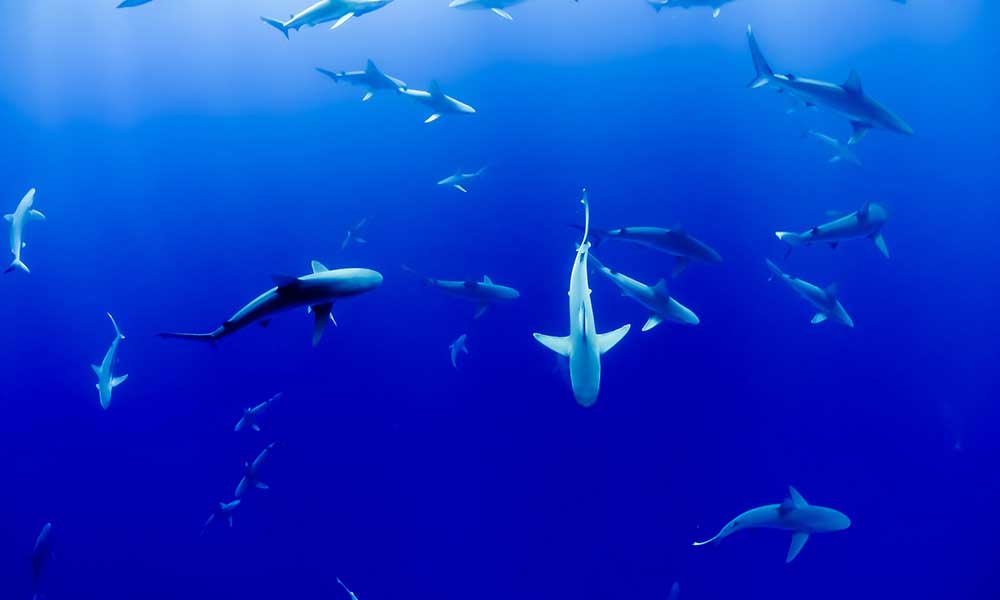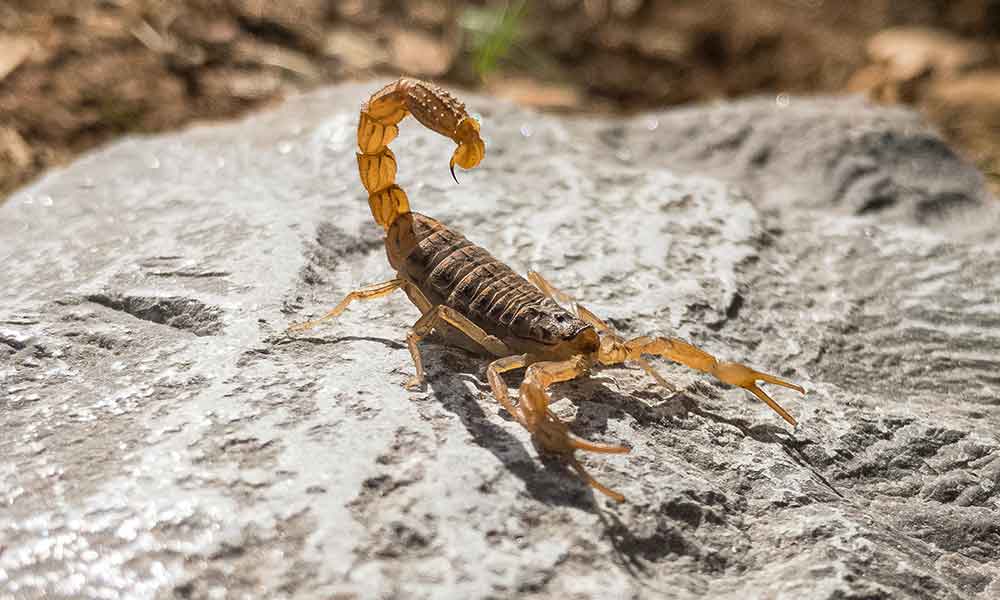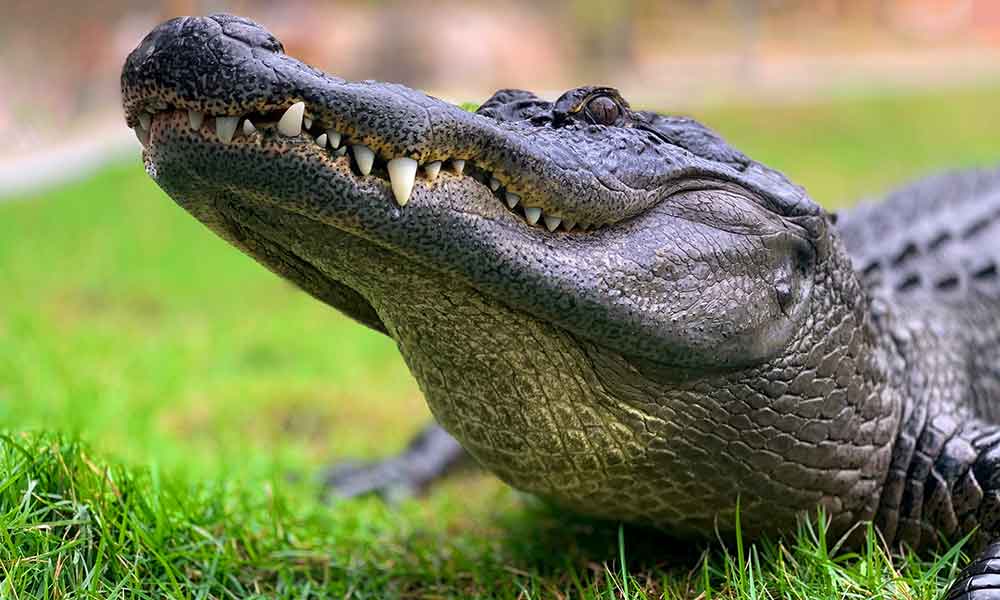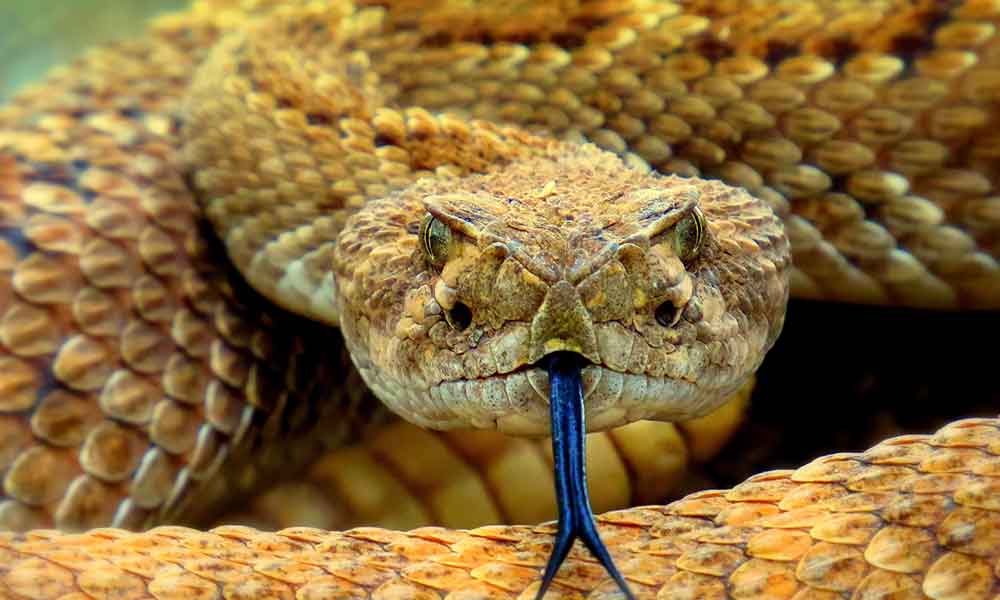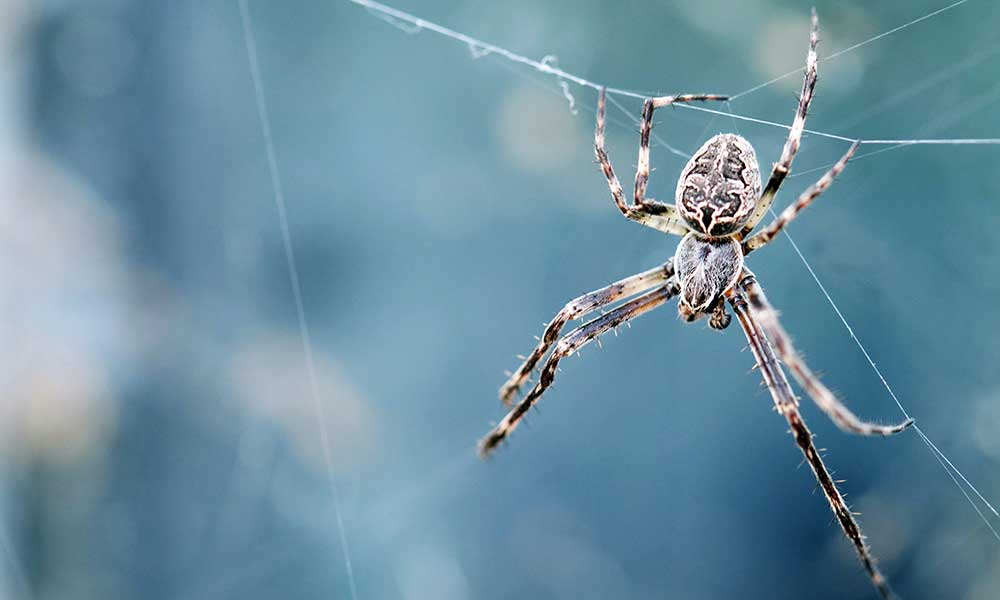When you think of sharks, your mind probably jumps to the great white shark or the hammerhead shark. If you’re familiar with the story of Bethany Hamilton, maybe you’ll picture a tiger shark.
In total, there are about 400 different types of sharks that live in our oceans, rivers and lakes that we know of.
But there are many more species of sharks—some deadly, some harmless, all beautiful.
Types of Sharks
Sharks are in the Elasmobranchii family, which covers cartilaginous fish and also includes rays and skates.
There are over 400 types of sharks—some better known than others—and they are believed to be over 420 million years old. We’re not going to list all shark species here but we have covered some of the most common and the most interesting.
Megalodon
The word “megalodon” comes from the Greek words for “big” and “tooth” and tells you all that you need to know about this epic shark species.
The megalodon is thought to have been up to 67 feet in length and 34 feet in height.
Fortunately, you won’t encounter a megalodon shark while catching some waves at your local surf spot—they are extinct.
In fact, megalodon lived during the Early Miocene era and the earliest estimations suggest they died out over 3.5 million years ago.
As you might expect of a prehistoric beast, there’s a lot that we don’t know about the megalodon. We’re found teeth and vertebrae, but that’s about it.
Everything else is speculation and extrapolation, but what we do know is that it’s probably the largest shark that ever lived.
What Did Megalodons Eat?
Based on their serrated teeth and size, we can be pretty sure that megalodons were meat-eaters that likely subsisted on fish, dolphins, and whales.
They needed a lot of food to sustain themselves, and so everything in the ocean was probably fair game to these prehistoric beasts.
Are There Still Megalodon Sharks?
There are certainly big sharks alive today, but the megalodon is more than just a giant great white.
It’s a shark species that died off millions of years ago and definitely isn’t swimming around in an ocean somewhere.
It’s interesting to think that there could be prehistoric creatures still out there somewhere, especially when you consider how vast and unexplored the oceans are. But for an animal to survive for so long, the numbers would need to be substantial, and if there were a lot of megalodons out there, we’d probably know about it.
Why Did Megalodons Die?
The megalodons were probably killed off by a period of global cooling that impacted the food chain.
Prey could have moved to cooler waters that the sharks couldn’t reach or they may have died off entirely, and as there was less prey in the water, the megalodon sharks weren’t able to survive.
Whale Shark
The whale shark could have given the megalodon a run for its money in the size department.
These behemoths can grow to up to 65 feet and weigh a monstrous 75,000 pounds.
To put that into perspective, a fully-grown whale shark can weigh as much as 9 Asian elephants!
But while whale sharks are as big as their prehistoric ancestors, they are not as fierce.
Whale sharks feast on small crustaceans and don’t have the same knee-trembling teeth or appetite.
The whale shark is the largest shark alive today, as well as the largest fish, but it could be little more than a footnote in the history books within a few decades.
Whale sharks are hunted for their meat, oil, and fins by unregulated fisheries.
They are thought to number just a couple of thousand and while organizations like the World Wildlife Fund (WWF) are tracking, monitoring, and protecting these beautiful creatures, their future is uncertain.
Great White Shark
The name “great white shark” stems from the white underside of these creatures along with their “great” size. Interestingly, many scientists omit the word “great” as it’s more of a colloquial term.
After all, there is no official “lesser white shark” (although this name has been used to refer to the oceanic whitetip shark).
Great white sharks live in temperatures of between 54 and 75F and while they can be found all over the world, they are especially concentrated in the United States, Oceania, South Africa, Japan, and the Mediterranean.
Great white sharks have a conical nose, a white underside, and a grey dorsal area.
It has rows of serrated teeth that it uses to kill its prey and tear off flesh.
How Big Are Great White Sharks?
Great whites can grow up to 20 feet in length but most are around 15 feet. Females are much bigger than males and typically grow to 16 feet compared to just 13 feet for males.
Are Great White Sharks Dangerous?
The great white is the shark species that everyone pictures when they think of sharks.
It’s also the one that’s most feared thanks to films like Jaws. That reputation is only partly deserved.
On the one hand, great white sharks are responsible for more shark attacks than all other types of sharks.
They can attack humans and their size and ferocity mean those attacks are often brutal and occasionally fatal.
But there are fewer than 15 fatal shark attacks every year and great whites don’t attack humans on a whim.
We are not their preferred food source and they only attack when they are confused, starving, or curious.
Believe it or not, sharks have more reasons to fear us than we do them.
Beaches in parts of Australia have installed have shark nets to keep beachgoers “safe”, even though the majority of shark attacks occur at beaches where these nets have been installed.
These nets kill millions of marine animals every year, and only a small number of them are sharks.
In other words, our response to a handful of deaths is to kill millions of animals and not actually prevent any (or many) of those deaths.
Needless to say, many conservationists are against the use of shark nets and have called for them to be banned.
Tiger Sharks
Tiger sharks can grow to over 16 feet and thrive in tropical waters, especially around the Pacific islands.
It is so-named because of a striped pattern that resembles a tiger.
Tiger sharks aren’t very picky when it comes to food and have the most diverse diet of all sharks.
They will eat fish, birds, dolphins, crustaceans, and turtles.
Tiger sharks have also been found with a lot of manmade junk in their stomachs, earning them the “garbage eater” status.
A tiger shark famously attacked Bethany Hamilton back in 2003, taking her arm and threatening her life and surfing career.
However, tiger shark attacks are very rare and as with great whites, they have more reason to fear us than we do them.
Thousands of tiger sharks have been culled over the years to promote tourism and their organs and fins are also sought-after.
Hammerhead Shark
The hammerhead shark is known for its unusual head shape which actually resembles a hammer.
Also known as a cephalofoil, this shape is believed to provide hammerhead sharks with superior vision and depth perception.
Hammerhead sharks can be seen around South and Central America as well as Hawaii and East Africa.
They can span up to 20 feet in length and often swim in schools during the day, with up to 100 hammerhead sharks in a single school.
Oceanic White Tip Shark
The oceanic white tip shark is also known as a silvertip shark, brown shark, and sand bar shark.
It is a slow-moving but aggressive shark that’s thought to be endangered, with numbers dwindling due to overfishing.
The fins of this shark are often used to make a type of soup that is popular throughout Asia, and that popularity is driving down the numbers of this shark.
The largest oceanic white tip shark ever caught was around 13 feet in length, but the average size is closer to half of this and most will not exceed 10 feet.
Are Oceanic White Tip Sharks Dangerous?
There are just a handful of shark attack incidents involving oceanic white tip sharks over the last decade or so.
However, it’s a very aggressive species and is thought to be responsible for a large number of fatalities.
Oceanic white tip sharks prey upon the survivors of shipwrecks and many believe that they were responsible for hundreds of deaths during the 21st and 20th centuries.
The shark attack statistics don’t include the attacks that result from shipwrecks, and so they look pretty innocent and harmless on paper.
Leopard Shark
The leopard shark is a relatively small shark species when compared to great whites and hammerheads and it’s tiny compared to whale sharks, measuring just a few feet on average.
Leopard sharks often swim in large schools and can be seen swimming near the coast where they congregate over kelp beds, reefs, and muddy flats.
Bull Shark
The bull shark is an aggressive shark commonly found in warm and shallow waters.
This shark species can survive in fresh water and salt water and they average around 7 to 8 feet in length, with some bull sharks recorded at over 13 feet.
It has been speculated that a bull shark might have been responsible for some of the 1916 Jersey Shore shark attacks that would later inspire Jaws author Peter Benchley.
If so, it means these angry little creatures are indirectly responsible for decades of great white shark hate and millions of marine animal deaths.
Basking Shark
The basking shark is the second-largest of all shark species and can grow up to 40 feet in length.
They feed by opening their mouths and trapping fish inside while the water is filtered out through their gills.
You can find basking sharks in all of the world’s oceans and they can often be found “basking” on the surface of the water.
Nurse Shark
The nurse shark plays an important role in shark research (more so than many other types of sharks) as they are robust and can survive capture and tagging.
They are far from harmless, though, as this shark species ranks fourth on the list of documented shark attacks.
Shortfin Mako Shark
Also known as a “blue pointer”, the shortfin mako shark is part of the same shark species classification as the great white and can span up to 13 feet in length.
The name “mako” comes from the Maori “mako mako” which means “man eater”.
Other Types of Sharks
We have covered some of the biggest and most commonly sighted types of sharks, but there are more of these creatures out there, including:
- Thresher Shark: There are actually three different types of thresher shark: bigeye, common, and pelagic. Thresher sharks have big eyes and a small mouth with a large whip-like tail.
- Blue Shark: So-named because of their striking blue color, these sharks are quite long and thin and they live in tropical and temperate oceans.
- Sand Tiger Shark: Also known as a gray nurse shark, these sharks can grow to 14 feet and are commonly seen in shallow waters in the Pacific and Atlantic.
- Megamouth Shark: First discovered in 1976, there have only been 100 or so sightings of this shark species since then. It is so-named because it has a large mouth like the basking shark.
- Blacktip Reef Shark: Characterized by a black-tipped fin, the blacktip reef shark can be found off the coasts of Hawaii and California, as well as the Mediterranean Sea, and typically grows to around 4 feet.
- Lemon Shark: A light-brown colored shark that thrives in shallow water and can grow to 11 feet in length.
- Goblin Shark: A rare deep-sea shark that has a lineage dating back over 125 million years. It can grow to over 10 feet.
- Angel Shark: An endangered shark that inhabits sandy seabeds.
- Silky Shark: Also known as olive sharks, whaler sharks, and blackspot sharks, silky sharks have smooth silk-like skin and grow to 8 feet.

